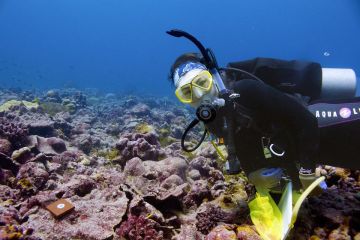
Ocean warming halves coral reef fish communities
In one of the first studies to assess the direct impact of heat stress on reef fish, University of Victoria biologists assess the direct impact of heat stress on reef fish.

In one of the first studies to assess the direct impact of heat stress on reef fish, University of Victoria biologists assess the direct impact of heat stress on reef fish.
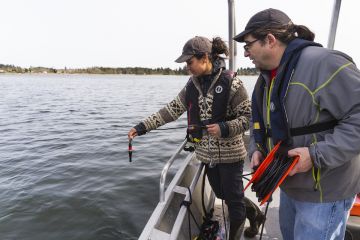
Fish air movement sounds—farts, burps and coughs—are music to fish ecologists’ ears when it comes to discovering biological sounds in freshwater habitats, giving scientists a better understanding of aquatic ecosystems and potential threats from human-caused noises.
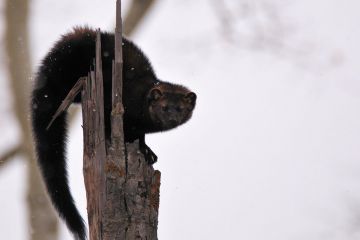
A new study led by recent PhD graduate Frances Stewart shows how the movements of one small mammal – the weasel-like fisher – through natural forested corridors underlines the importance of these safe pathways and points to implications for many other forest animals across the country.
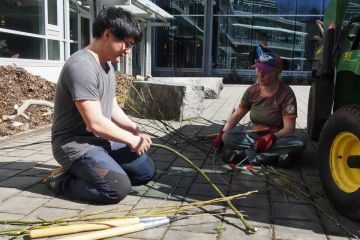
A cluster of rare pink star-shaped blossoms will soon be blooming in UVic’s David Turpin Native Plant garden— planted earlier this spring by ethnobotanist Fiona Hamersley Chambers and her environmental studies students. The Pink Sand Verbena, a federally red-listed endangered species, was considered extinct in Canada until it was rediscovered in 2000 along a beach on the BC West Coast Trail.
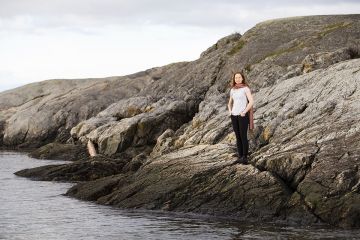
Marine protected areas are well known for protecting biodiversity, but their effects on people who use the oceans are debated. Now a new review—led by University of Victoria marine conservation scientist Natalie Ban and 12 co-authors—illustrates that these protected areas can also support human well-being.
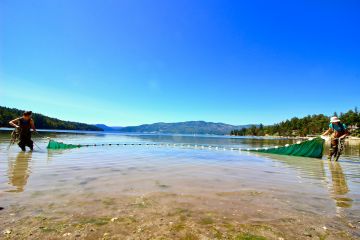
A new University of Victoria study suggests humans are unknowingly consuming tens of thousands of micrplastics every year.
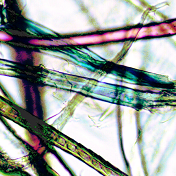
People eat at least 50,000 plastic particles a year, study finds
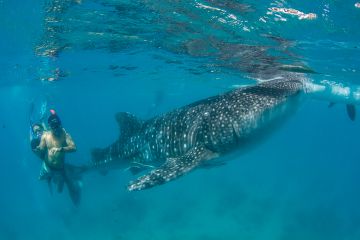
Geography PhD candidate Jackie Ziegler studies the intersection between tourism and biodiversity conservation. She hopes her graduate research in Mexico and the Philippines will help inform government policy makers, local villages and visitors on the ethics of feeding sharks for tourism purposes.
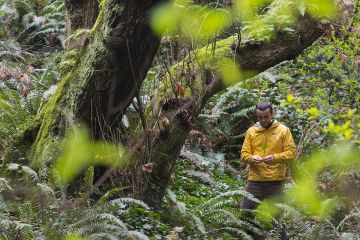
On May 30, UVic geographer Chris Darimont was named the Raincoast Chair in Applied Conservation Science at the university. The five-year chair role supports Darimont and his Applied Conservation Science Lab to grow their research, teaching and outreach programs in community-driven applied conservation science.
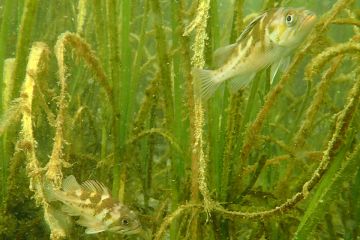
In a study that spans Canada's Pacific Coast, UVic researchers have confirmed that human disturbance of seagrass meadows results in lower fish diversity. While human activity is known to impact a variety of ecosystems, the effect of human activity on coastal biodiversity is largely unknown. Coastal seagrass meadows are important nursery grounds for commercial and ecologically significant fish species.

In a study that spans the Pacific Coast of Canada, UVic researchers have confirmed that human disturbance of seagrass meadows results in lower fish diversity. Coastal seagrass meadows are important nursery grounds for commercial and ecologically significant fish species.
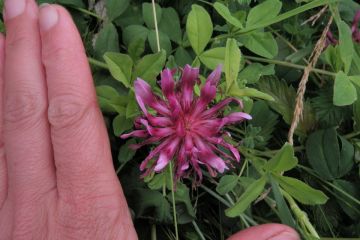
Following in the footsteps of world-renowned ethnobotanist Nancy Turner, ethnobotany PhD candidate Fiona Hamersley Chambers has led environmental studies students across the campus since 1999, using it as a living classroom as they study the relationship between people and plants.
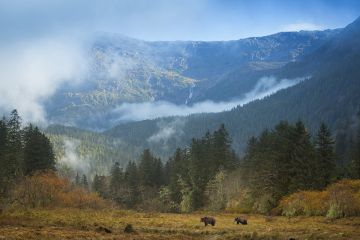
Tracking the salmon-eating habits of grizzly and black bears for nearly two decades has revealed some surprising results for UVic geography PhD candidate and Raincoast scientist Megan Adams. She hopes the study will inform land-use managers on how the bear-salmon system goes well beyond the coastal areas into interior habitats of BC.
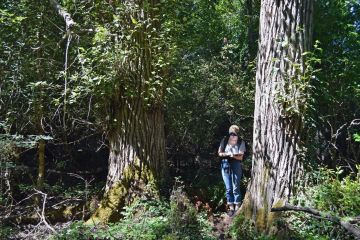
A small army of volunteers is on the march to eradicate the spread of plant species that threaten native-growing flora on the UVic campus. Their project on invasive species management is one of four projects approved and funded this year by the Campus Sustainability Fund, which provides one-time allocations to campus projects that focus on water savings, sustainability awareness and learning opportunities.
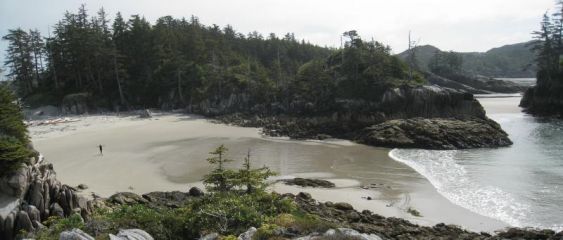
Take a virtual tour from seaweeds and sea stars to wolves and eagles, with a new digital field guide. The guide provides experts and amateurs with a tool to identify over 700 species in the Great Bear Rainforest to help deepen our appreciation of the biodiversity along BC’s central coast.
From seaweeds and sea stars to wolves and eagles, a new app provides experts and amateurs with a tool to identify over 700 species in the Great Bear Rainforest to help deepen our appreciation of the biodiversity along BC’s central coast. The guide for phone, computer and tablet is a collaborative project developed by UVic's Brian Starzomski and including grad studentChanda Brietzke and alumna Kelly Fretwell.